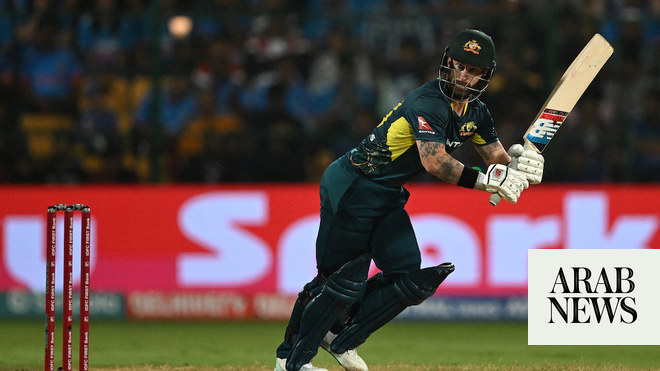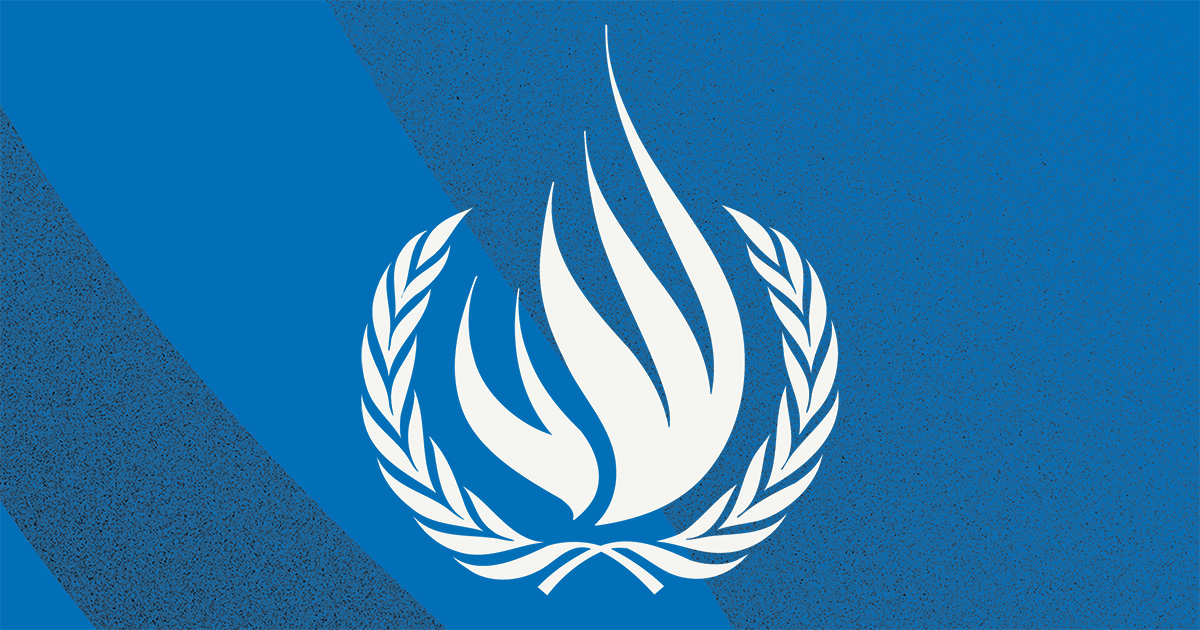
Threshold for permitted amount of elbow straightening is 15 degrees for all bowlers
There are certain elements of cricket that are considered to be unsavory or objectionable. One of them is throwing the ball instead of bowling it. A recent example occurred in South Africa, but it is by no means a new phenomenon.
Until the early 19th century, underarm bowling was the norm. Apparently, women found it difficult to navigate their long skirts using this form of delivery, with some resorting to roundarm delivery. The brother of one lady became something of a martyr in deploying the method in a match at Lord’s in 1816. This led to a new ruling, which stated that “the ball must be delivered underhand, not thrown or jerked, with the hand below the elbow at the time of delivering the ball.”
Despite the ruling, attempts to contravene it were frequent and contentious. Eventually, in 1835, roundarm bowling was legalized, deliveries allowed at shoulder height. The next battle centered on the legality of delivering the ball with the hand raised above the shoulder. In 1864, Law 10 was amended to allow this, provided the arm was straight and the ball was not thrown. Rotation or flexing of the wrist in the delivery swing was allowed.
In essence, the Law has remained the same for well over 100 years. Interpretation of whether the Law was being broken rested on the visual interpretation of an action by the umpire standing square to the striker.
No doubt, off-field discussions about the legality of an individual bowling action would have taken place prior to the call of no-ball. Several careers were ended by such calls between 1880 and 1950, after which an outbreak of illegal bowling occurred. Tougher enforcement of the Law and individual bans curbed the trend. At the time, Neville Cardus, one of cricket’s great writers, objected to throwing because it looked ugly.
Who knows what he would have made of the Sri Lankan, Muttiah Muralitharan, who claimed 800 Test wickets, the most yet. His right arm is congenitally bent and hyperextends during delivery. One Australian umpire called him for throwing in 1995, making clear that he would do so again. This is not the first time that a single umpire has taken the view that it is his responsibility to focus on a particular bowler’s action. In Muralitharan’s case, most other umpires were reluctant to call him, while the game’s administrators could not agree on his action’s legality
Most Australians seemed to be in little doubt. This was despite the availability of biomechanical testing, which showed that Muralitharan did not extend his arm any more than bowlers with actions that were considered to be legal. Indeed, the tests show that most bowlers flex and extend their arms as they rotate around the shoulder, to varying degrees.
As a result, thresholds were drawn up for the allowable amount of elbow straightening — 10 degrees for fast bowlers, 7.5 for medium pacers and five degrees for spin bowlers. Subsequent testing, based on empirical evidence in the early 2000s, provided a basis on which the tolerance threshold was raised to 15 degrees for all bowlers. Actions deemed to be illegal are usually well in excess of that level.
There have been occasions when I have been playing or watching cricket, that, instinctively, it looks as if a bowler is throwing the ball. People on either side turned to ask the question — was it a throw? It is possible that those whose bowling actions appeared suspect were well within the threshold which currently applies.
The previous Law which allowed no flexing of the arm is now proved to be draconian, condemning some high-quality bowlers to opprobrium. These days, assistance is provided to a bowler who is called for throwing. An independent review is conducted and, if the action is deemed to be illegal, remedial assistance is available. Although suspended from international cricket, the bowler is not subject to the public ordeal that was once the norm.
In January, Joburg Super Kings left-arm spinner Aaron Phangiso was suspended from bowling in the SA20 cricket league after an independent panel ruled his action illegal. His team has requested that the bowler’s action be biomedically tested. Phangiso has claimed two four-wicket hauls in the tournament and played 37 white ball internationals for South Africa. He had been reported previously for having a suspect action in 2016. After remedial work, he was cleared to resume playing.
One of Pakistan’s fastest bowlers, 22-year-old Mohammad Husnain, was reported for an illegal action during the 2021-22 Australian Big Bash League. This was confirmed by tests in Lahore that showed his elbow extension to be beyond the 15-degree threshold. After remedial work, Husnain was reassessed and cleared to return to play in June. Shortly afterward, while bowling in the Hundred competition in England, he dismissed Australian Marcus Stoinis, who made a throwing motion as walked from the field. No official censure was given to Stoinis, although commentators and Pakistani supporters were left unimpressed.
It does seem that the main characteristic of the issue of illegal, thrown deliveries in cricket is its ability to recur, almost always with acrimony. It is pertinent to ask why any bowler would intentionally do so, given the detection systems now in place. Clearly, a throw travels more quickly, providing a greater opportunity to dismiss the batter. It also generates a greater threat of physical danger. More than one bowler has been rumored to slip in the occasional “throw” in attempting to realize these opportunities.
This does not explain the existence of bowlers who are assessed to be bowling illegally when they do not set out to do so. Fortunately, scientific metrics have generated tolerance thresholds by which those with certain physiological structures, which lead to bowling actions, judged visually to be illegal, can be more realistically assessed.
It ought to lead them to be judged more sympathetically, but old attitudes die hard, if Husnain’s experience is typical. The line between legal and illegal bowling is fine, the latter falling into cricket’s bete noire, that of cheating.












